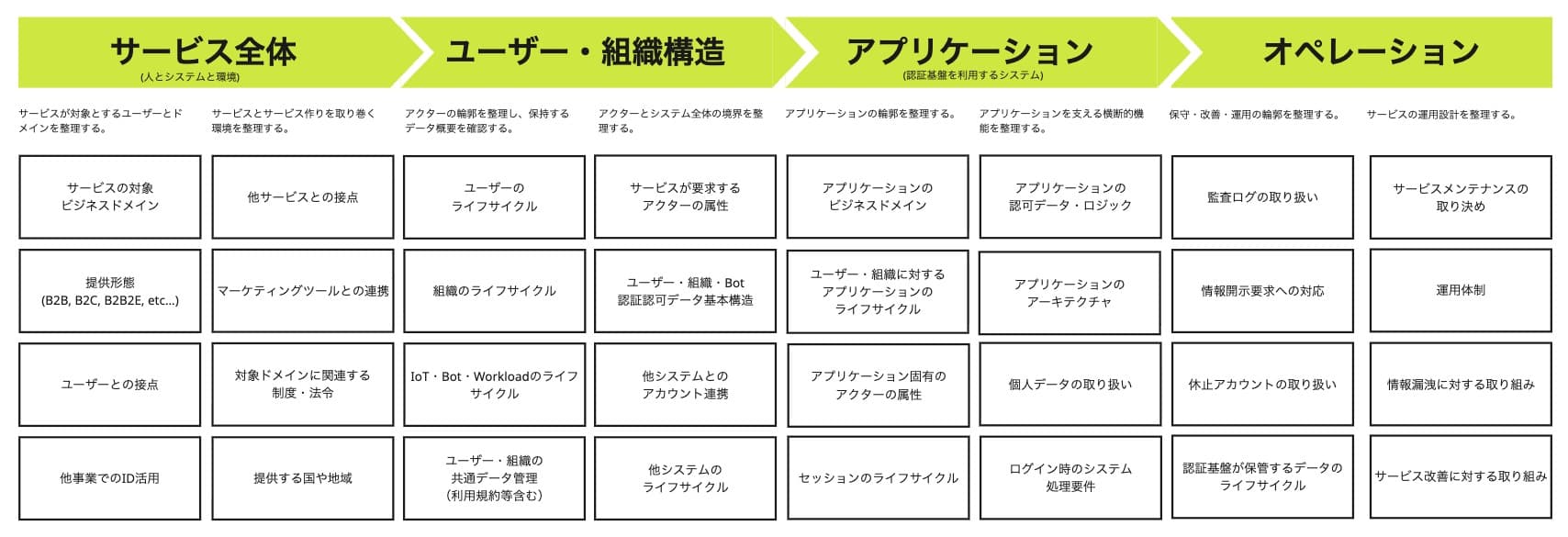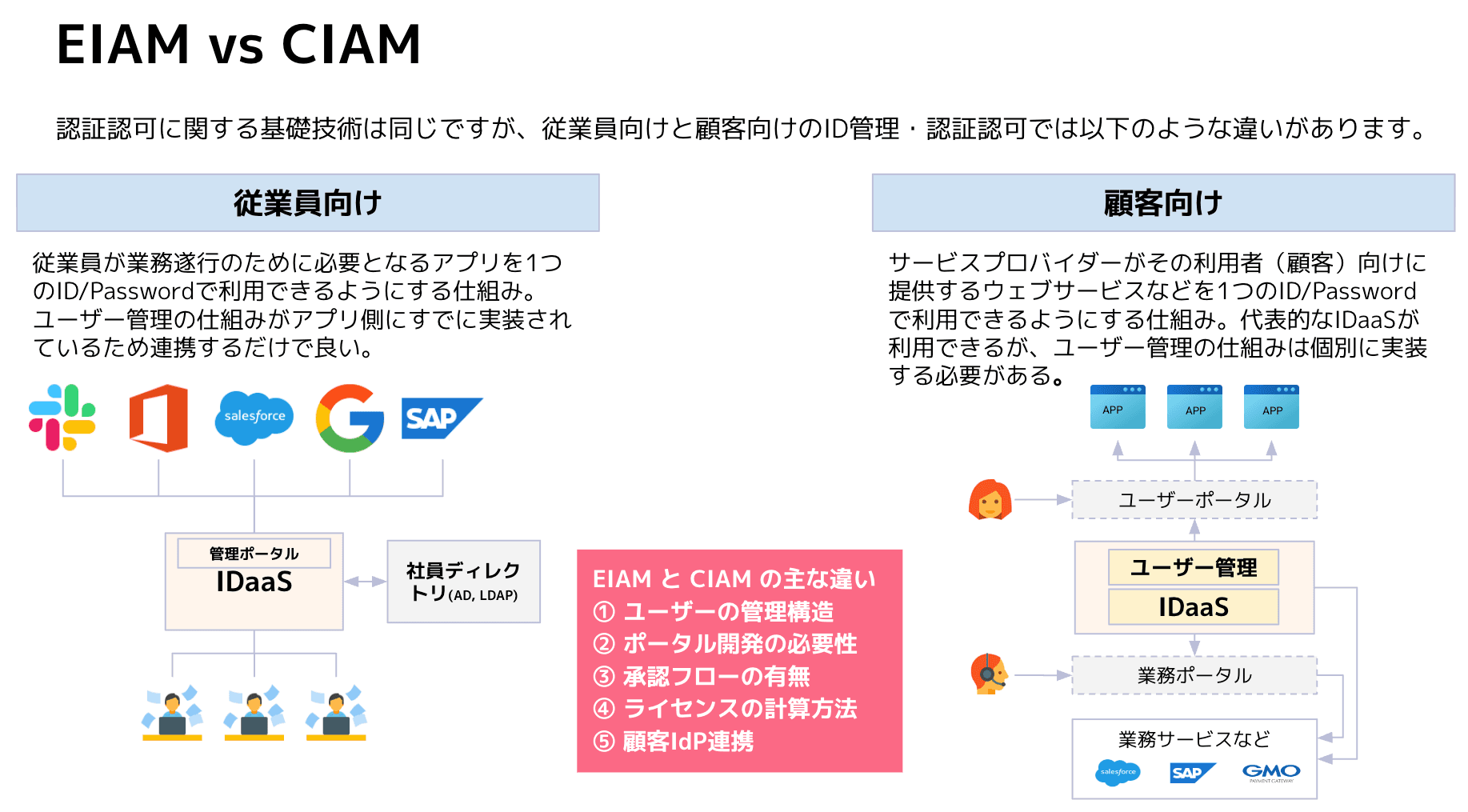
SaaS Development Starting with Single Sign-On - An ID Infrastructure Built for Expansion
目次
Growth in services inevitably comes with "late-stage changes," doesn't it?
What starts as a simple "single-user service" - where just enabling Single Sign-On (SSO) was considered sufficient - gradually evolves as usage scales, with growing demands like "we want to use it in teams" or "we need organizational management features."
This article focuses on how to prepare for these "late-stage changes" and explains how Tactna can contribute to that process.
TL;DR
When trying to add multi-tenancy support as an afterthought, you typically end up with broken data models, incompatible APIs, and near-complete front-end overhauls. This often leads to "adding requirements = complete redevelopment," which was the conventional pattern in development projects.
What Tactna provides is a foundation that inherently accounts for these "late-stage changes."
By using a compatible foundation, you can simply replace the upper layers to adapt to new user needs without major redevelopment.
Tactna introduces reversibility to the core requirements definition phase of the development process.
With Tactna in place, even applications initially built for consumer use can later be extended to support business-to-business (B2B) concepts—specifically, multi-tenancy (team or organizational usage).
This means you can evolve the system with minimal disruptive changes, enabling the following types of development.
1. Subject expansion can be added as an afterthought
For the initial release, a simple usage scenario (requirement) like "users using the app" may suffice.
Simply keeping the application on Tactna's platform allows you to later add more complex scenarios like "teams using the app."
2. Context isolation can be added as an afterthought
Even for the same user, it becomes possible to switch between different contexts like "for Team A" or "for Team B."
The application's IDs, access tokens, and API interfaces maintain full compatibility while seamlessly adapting to a multi-layered user data isolation model—without requiring any modifications to the existing app.
3. Permissions model can be added as an afterthought
Initially, a coarse role structure with only "regular users" and "system administrators" may be sufficient.
By keeping the application on Tactna's platform, you can later refine user roles into more granular categories like "accounting department," "support team members," or "agency representatives."
This approach is similar to building houses in a well-planned neighborhood.
In essence, Tactna provides a pre-designated, well-organized framework that covers common scenarios, allowing you to easily add or remove requirements related to user data modeling without creating tight coupling.
The Tactna ecosystem can be likened to a well-planned city: when you build a new house (application or additional requirements) there, it doesn't become tightly coupled to the existing structure, making it easy to renovate or expand.
Conversely, building a house on undeveloped wilderness means each property gets its own direct connections for utilities, roads, and utility poles - requiring major rework when later expansions are needed.


The absence of reversibility means later changes = complete redevelopment
Many SaaS platforms and business systems initially created with just single-sign-on functionality for their ID infrastructure and the applications that run on it eventually face these requirements as the system grows.
- Teams want to use it independently
- They want the system to reflect organizational structure
- They need fine-grained permission controls
However, with non-reversible designs, these features can't be added later, forcing organizations to undertake massive redevelopment projects involving:
- Complete database schema overhauls
- Creating API version 2 and publishing migration guides
- Maintaining compatibility modes for years
...resulting in projects that not only consume significant resources but also
- Halt product development (leading to missed opportunities)
- Generate ongoing operational costs for maintaining compatibility with legacy users
- Increase code complexity, raising audit and maintenance costs
This creates compounding growth costs that balloon over time.
With reversibility, later changes simply become configuration adjustments
Tactna's approach to requirement definition provides precisely this reversibility feature, preventing the cycle of endless redevelopment.
In other words, what would normally require major restructuring can now be accomplished through minor feature additions.
Design Approach | To put it metaphorically... | Key Features |
|---|---|---|
Tightly coupled implementation | Building a house directly on undeveloped land | With plumbing and roads directly connected, any modifications require disruptive construction work |
Tactna | Building a house in a planned neighborhood | Connecting loosely with existing structures, making removal and expansion straightforward |
Specifically, this translates to the following.
Requirements | When developing applications individually | When implementing Tactna |
|---|---|---|
Adapting user flows to team structures |
| By enabling the features on the left, you can then focus on custom feature implementations for each specific app |
Supporting scenarios where a single user belongs to multiple teams |
| The interface between apps and Tactna (APIs, JWT, etc.) can be maintained with compatibility |
Reduced risk of boundary-related incidents |
| Tactna enforces multi-layered boundaries ("tenant → team → user") during authentication and authorization, ensuring that even with potential implementation errors in apps, the system inherently prevents data mixing |
When comparing only the costs for these enhancements, for a $400,000 initial development project, we expect the required modifications (including app updates) to amount to about one-sixth of the original cost (depending on service complexity).
If the modification costs were $120,000, for example, implementing Tactna would bring this down to approximately $20,000 (saving $100,000). This effect becomes even more significant with additional apps - if there were five apps, the total cost reduction would be $100,000 x 5 = $500,000.
Implementing Tactna is not about insurance - it is an aggressive investment for future growth
While this may appear defensive at first glance, in reality it's an forward-looking, growth-focused investment designed to maintain rapid development momentum.
- It allows you to confidently add new use cases without fear of disrupting existing users.
- It enables evolutionary improvements without worrying about breaking existing users.
- It allows the development team to maintain their pace during the post-PMF expansion phase.Ultimately, this provides not just cost savings but the more fundamental value of preventing growth stagnation.
Summary
"ID infrastructure based on evolution" becomes "Shared Assets"
Start small and grow it later - this is the fundamental principle of lean development.
However, if the foundational elements like ID management, authentication, and authorization cannot withstand subsequent evolution, this principle becomes impossible to actualize in practice.
Tactna brings reversibility to requirements that change alongside app growth. This is the foundation that allows products to evolve naturally rather than being repeatedly rebuilt to keep up with future demands.
Tactna becomes a revenue-generating asset for the business
This represents one of the greatest value propositions offered by Tactna.Even before flashy UIs or high-profile AI integrations, it establishes the groundwork for making post-launch evolution the norm.


